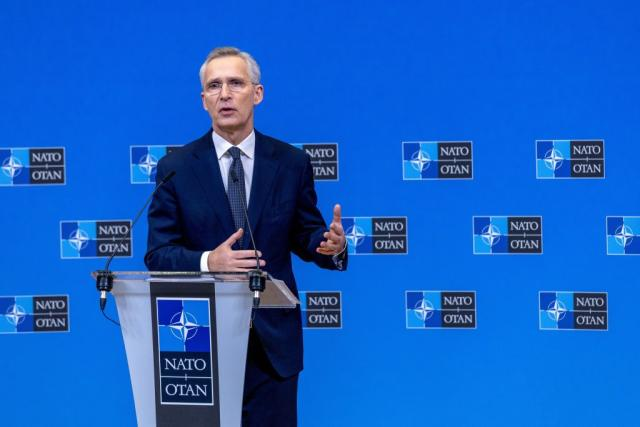
Military budgets across the North Atlantic Treaty Organization (NATO) are witnessing a dramatic surge. Eighteen member states are expected to meet the alliance’s target of spending 2% of their GDP on defense in 2024. This significant rise starkly contrasts a figure from ten years ago, when only three countries reached the benchmark. What’s driving this shift, and what are the potential implications for global security and economic well-being?
A long road to the 2% goal
Established in 1949 as a bulwark against Soviet expansion, NATO has long grappled with burden-sharing within its alliance. In 2014, amidst concerns about Russia’s growing assertiveness, member states pledged to invest at least 2% of their GDP in defense by 2024. However, progress has been slow, with many countries falling short of the target.
The spark that ignited the flame
The turning point came in February 2022. That was the month that Russia launched its full-scale invasion of Ukraine. This act of aggression sent shockwaves through NATO and the international community, raising alarm bells about potential threats to European security. In response, NATO members rallied, significantly increasing their defense spending commitments.
Numbers don’t lie
Divergent views fuel the debate
While many see this spending hike as essential for deterrence and collective security, concerns are also being voiced. Critics argue that increased militarization could exacerbate tensions and divert resources away from pressing social and economic needs. Additionally, some member states still lag behind the 2% target, raising questions about burden-sharing within the alliance.
Former President Donald Trump recently reignited debate on NATO and military spending by suggesting that allies failing to meet the 2% GDP target should not expect full support in the event of conflict. This statement, made during a February 2024 interview, echoes his previous criticisms of burden-sharing within the alliance.
While some view it as a necessary push for increased responsibility, others express concern it could undermine collective security and fracture already strained relationships within NATO. Critics argue it incentivizes unilateralism and disregards historical contributions made by certain allies. The comment’s impact remains to be seen, but it highlights the ongoing tension between burden-sharing, national priorities, and collective defense within the alliance.
Looking ahead: A cloudy forecast:
The long-term sustainability of this spending surge remains uncertain. Economic constraints, coupled with potential shifts in political priorities, could impact future allocations. Furthermore, the evolving geopolitical landscape, with its complex challenges and potential flashpoints, adds another layer of uncertainty.
NATO’s recent military spending hike reflects a changing security landscape and renewed commitment to collective defense. While this increased investment may bolster deterrence and capabilities, it is crucial to consider its potential ramifications and foster dialogue on responsible budgeting and burden-sharing within the alliance. Ultimately, navigating this complex path requires balancing security concerns with broader economic and social well-being, ensuring a sustainable and peaceful future for all.
